HANS HOFMANN (1880-1966)

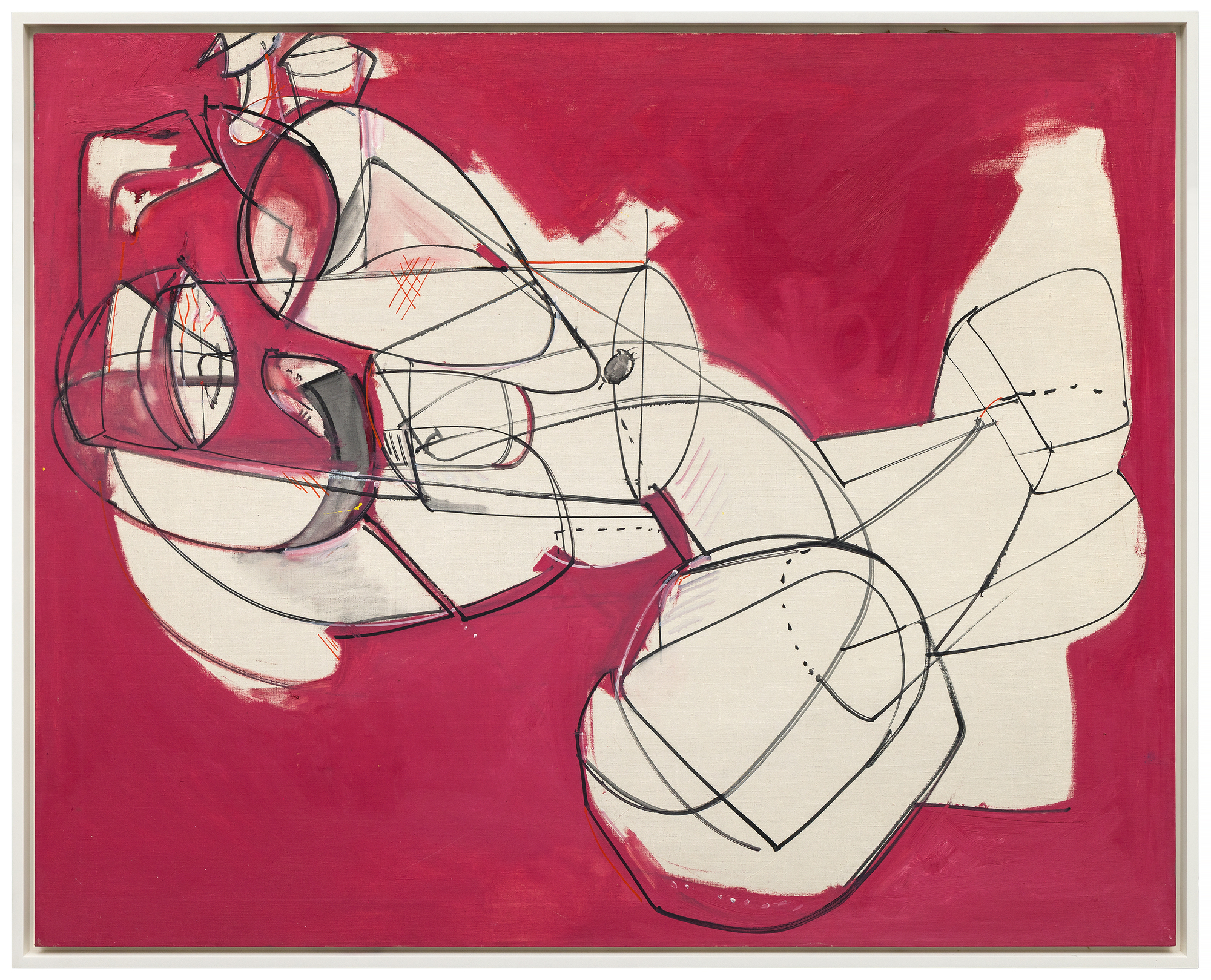
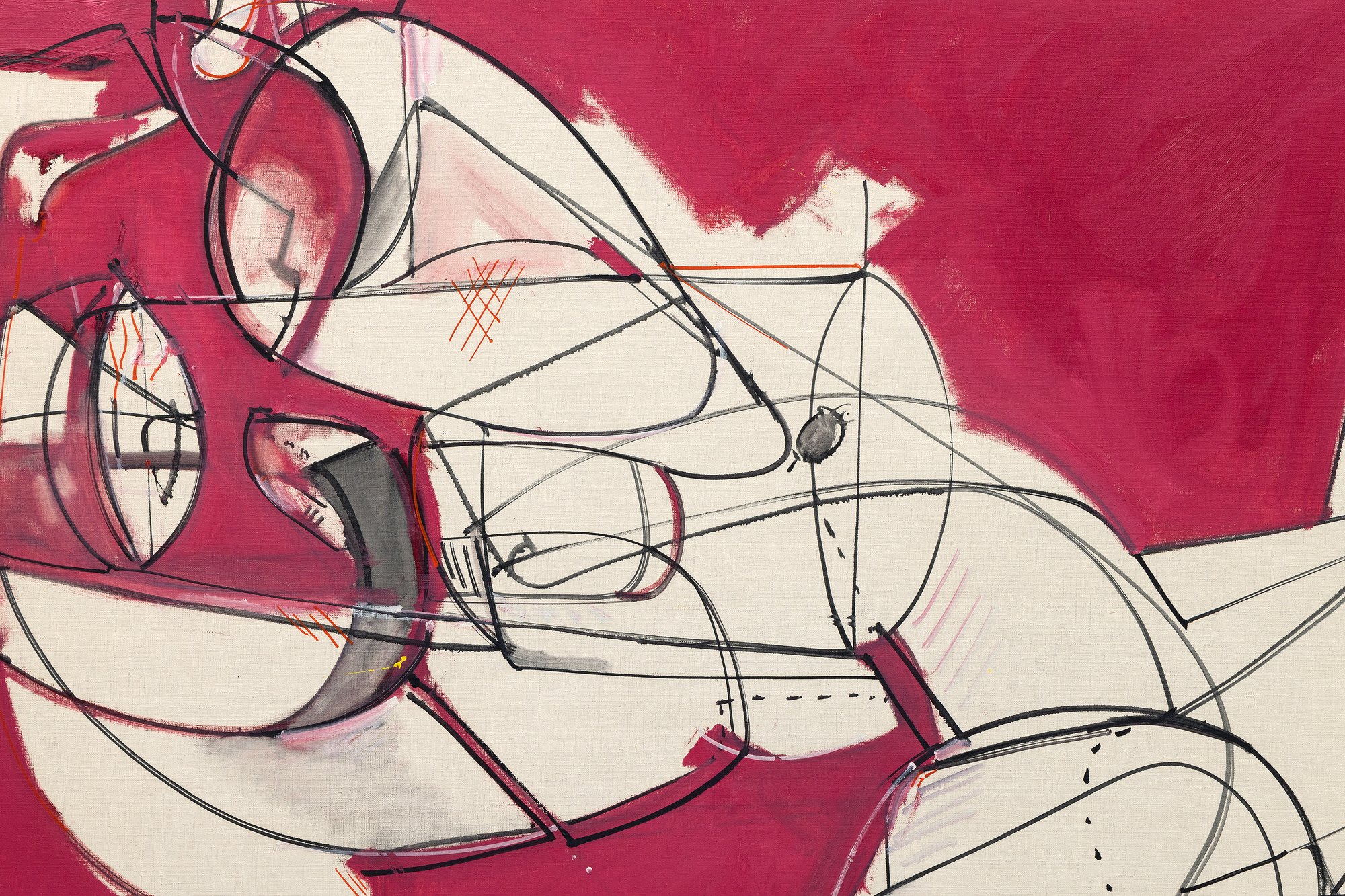
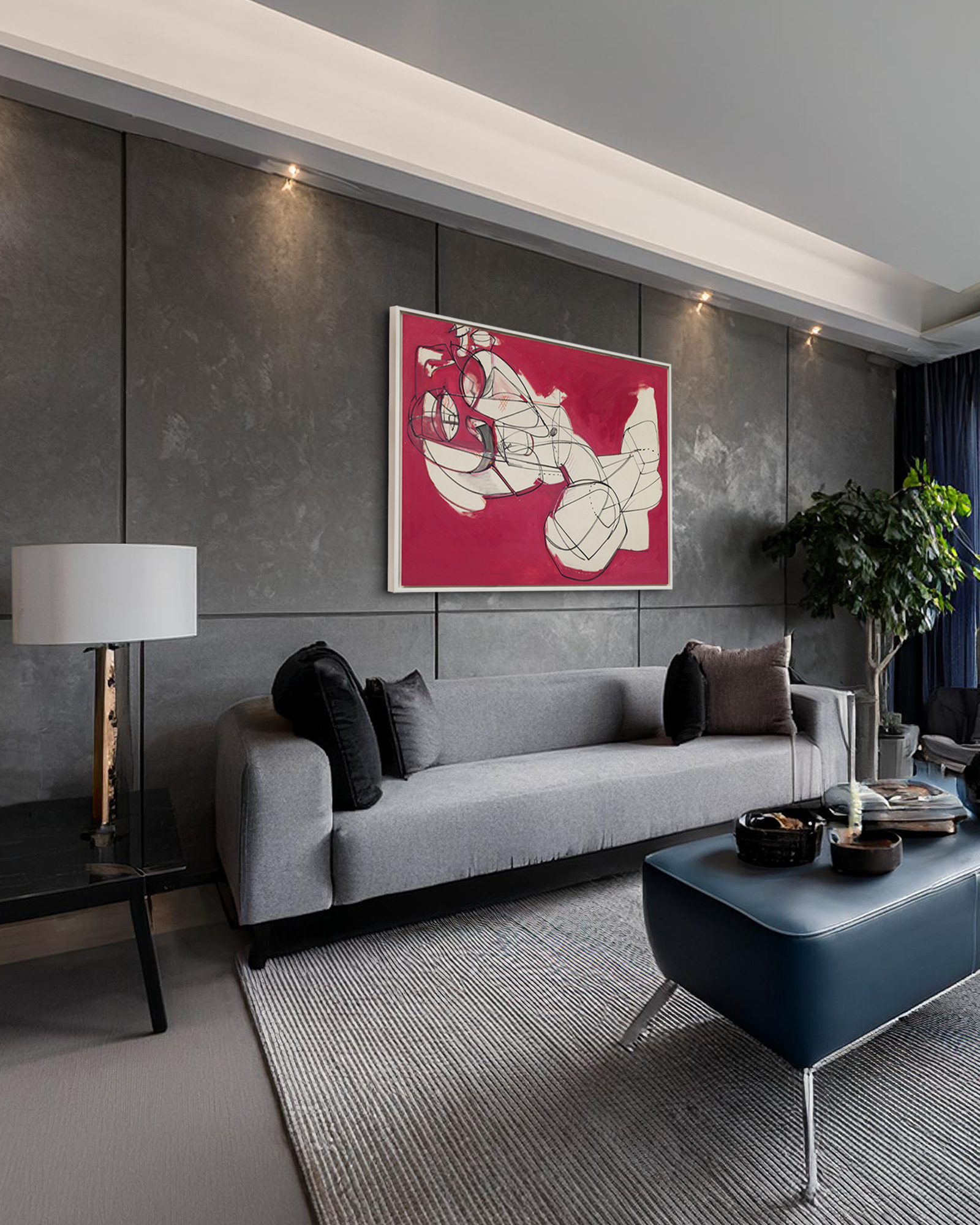
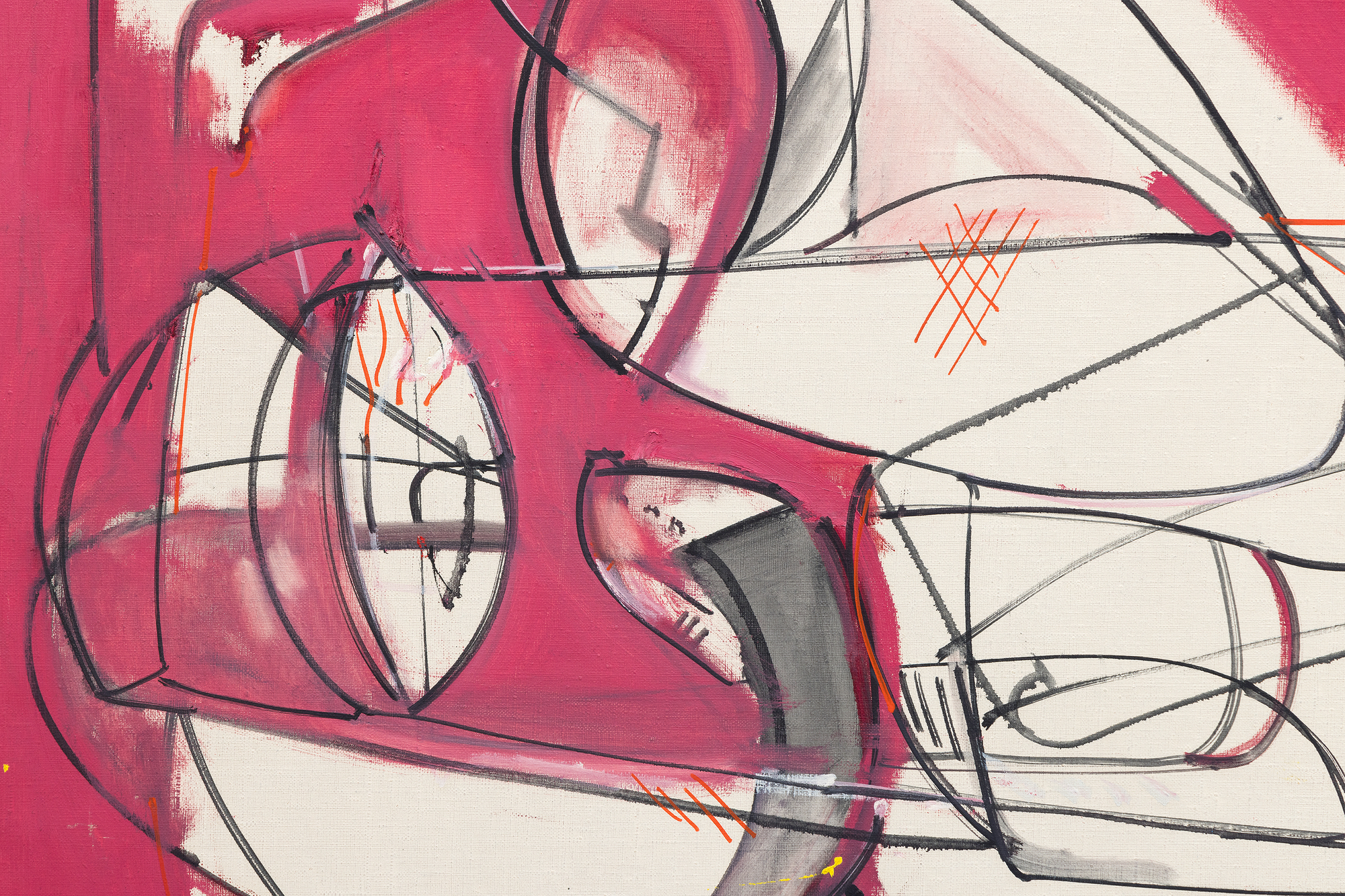
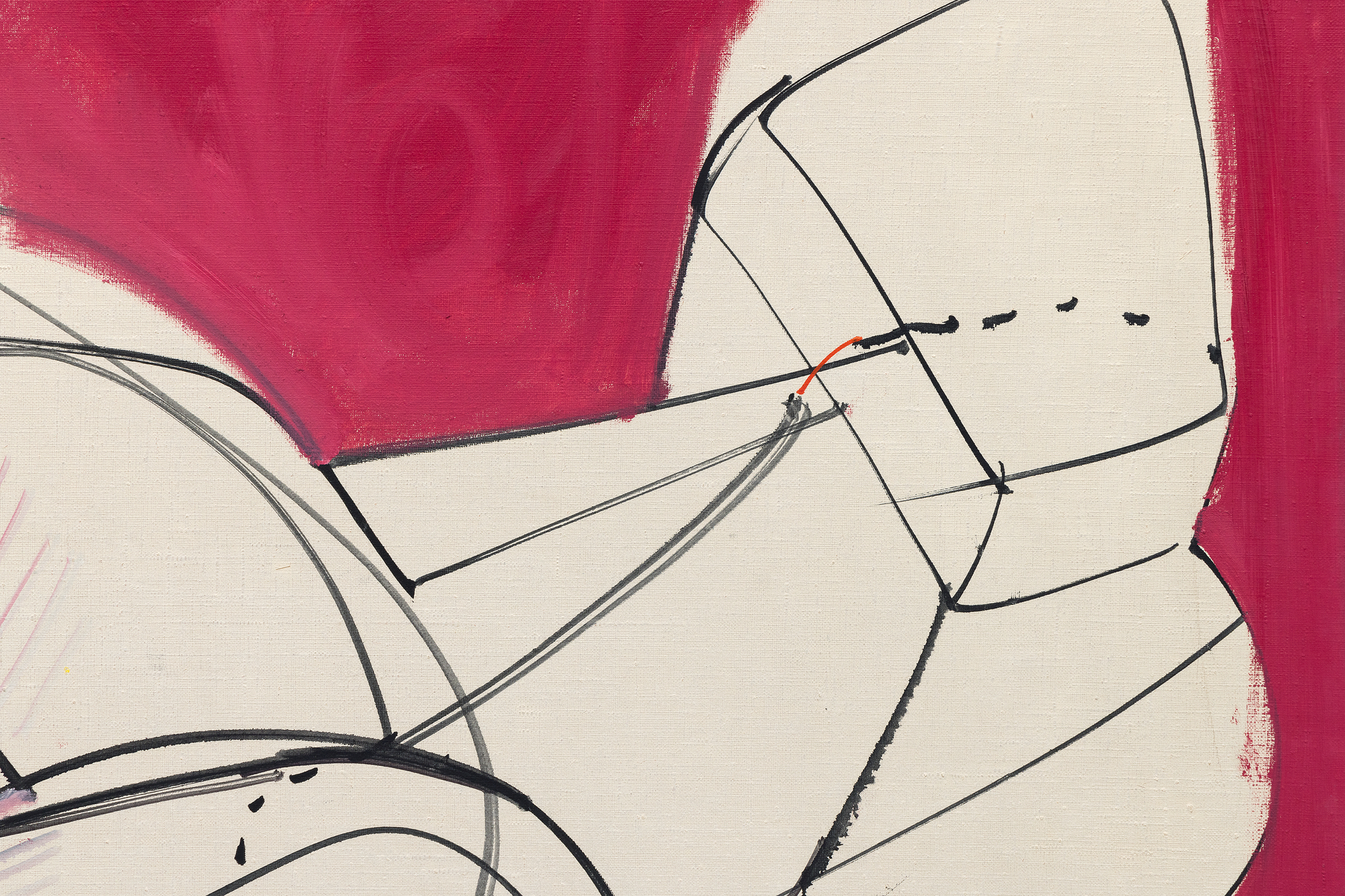
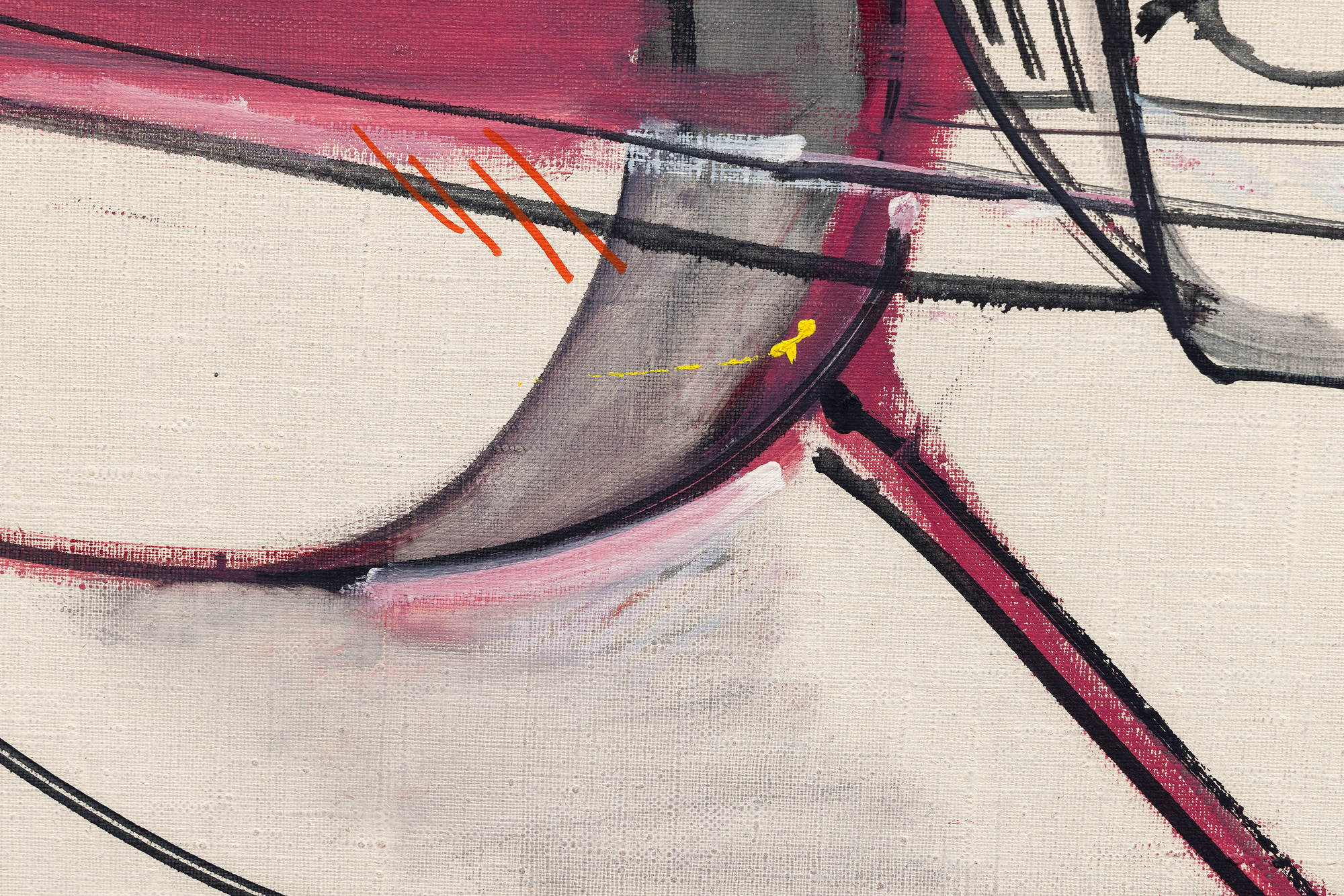



Provenance
Galerie Andre Emmerich, New York, New YorkSuccession de Hans Hofmann
Ameringer & Yohe Fine Art, New York, New York
Collection privée, New Jersey
Exposition
New York, New York, Betty Parsons Gallery, Hans Hofmann : Recent Works, 24 mars - 12 avril 1947New York, Académie américaine des arts et des lettres, Hans Hofmann, 1971
Toronto, Canada, David Mirvish Gallery, Hans Hofmann : The Thirties through the Sixties, 15 avril - 23 mai 1972
New York, New York, Andre Emmerich Gallery, Hans Hofmann, The years 1947-1952, avril...Plus.....il 3 - 28, 1976
New York, New York, Ameringer Yohe, Hans Hofmann : The Unabashed Unconscious ; Reflections on Hofmann and Surrealism, 30 mars - 29 avril 2006
Littérature
Cynthia Goodman, Hofmann : Abbeville Modern Masters, New York, 1986, pl. 45, p. 56 (illustré en noir et blanc)Jed Perl, Hans Hofmann, The Unabashed Unconscious : Reflections on Hofmann and Surrealism, New York, 2006, p. 37 (illustré en couleur)
Suzi Villiger, Hans Hofmann : catalogue raisonné des peintures, volume II, Surrey, 2014, HH cat. n° 1135-1947, p. 382 (illustré en couleur).
...MOINS..... Prix625,000
Au cours de cette période, la dépendance de Hofmann à l'égard de la linéarité s'éloigne du dynamisme plus fluide et pictural de ses œuvres antérieures. De 1944 à 1951, cette impulsion linéaire imprègne sa pratique, signalant une exploration prolongée des modes d'expression dans laquelle il s'efforce de réconcilier abstraction et structure. Alors que certains considèrent cette phase comme un recul par rapport aux percées énergiques qui ont défini la montée en puissance de l'art américain dans le monde, d'autres reconnaissent le caractère distinctif de ces peintures. Astral Image #1 a remis en question le cadre de la vision singulière d'Hofmann, mêlant la discipline cubiste à l'énergie vibrante et indisciplinée qui est restée la marque de son œuvre.
Les aplats de cramoisi d'alizarine vif de l'œuvre, contrastant avec l'élan angulaire des lignes, évoquent un cosmos à l'énergie agitée, faisant allusion aux thèmes célestes suggérés par le titre de l'œuvre. Cette peinture reflète les explorations délibérées de Hofmann à la fin des années 1940, qui soulignent sa capacité unique à créer des œuvres qui résistent à la catégorisation facile, se distinguant comme des explorations profondément personnelles de la forme et de la couleur.


